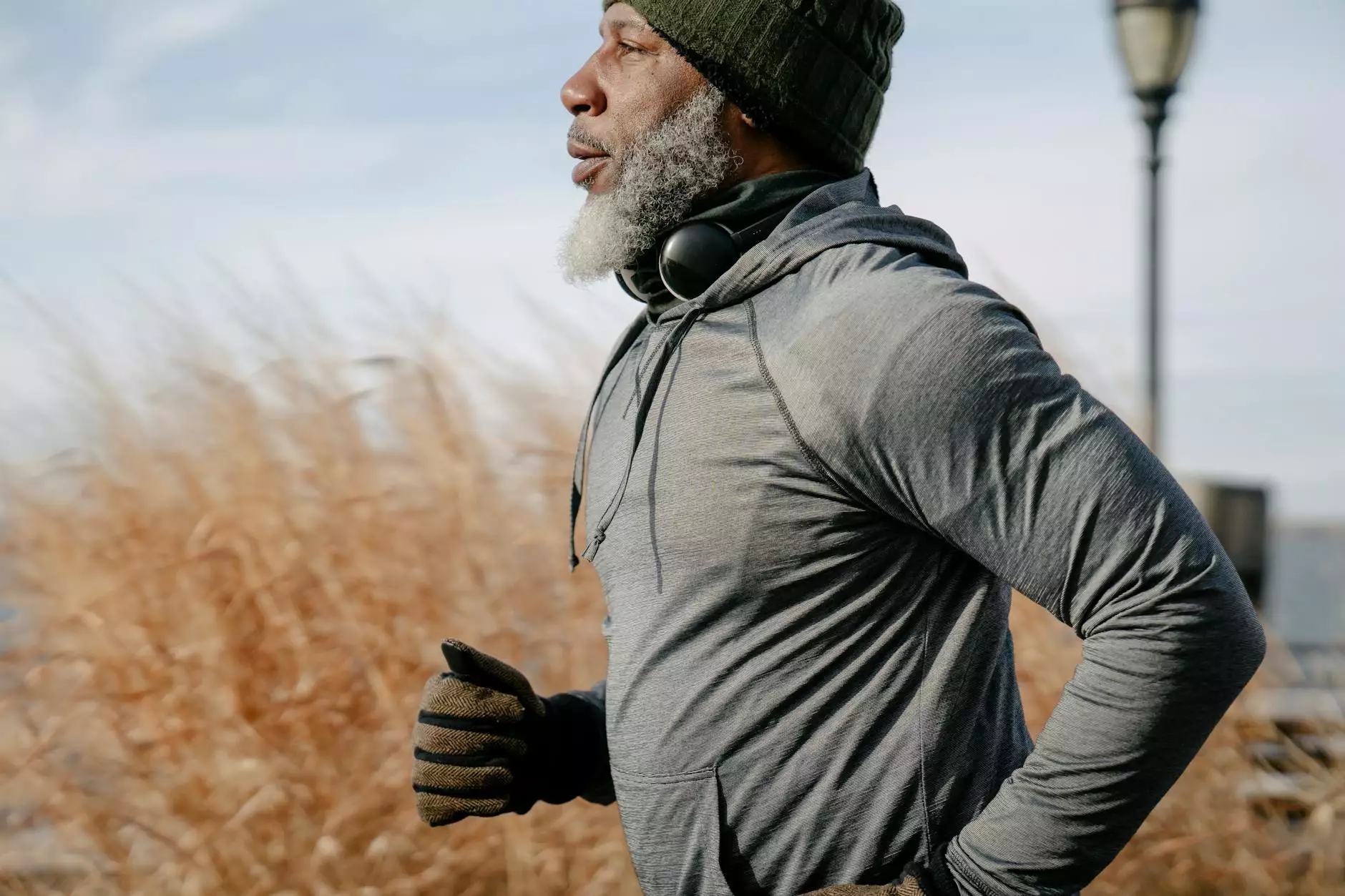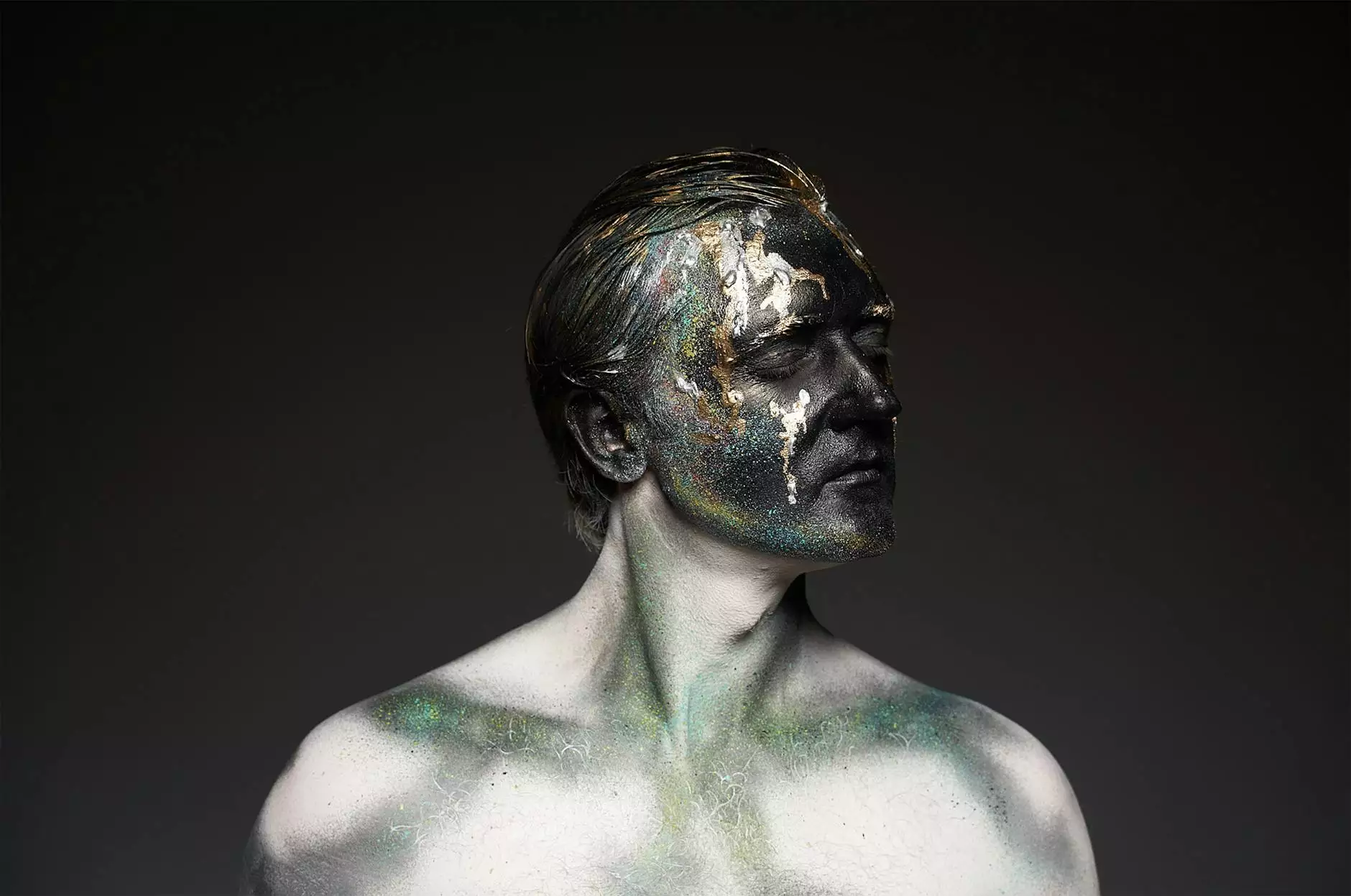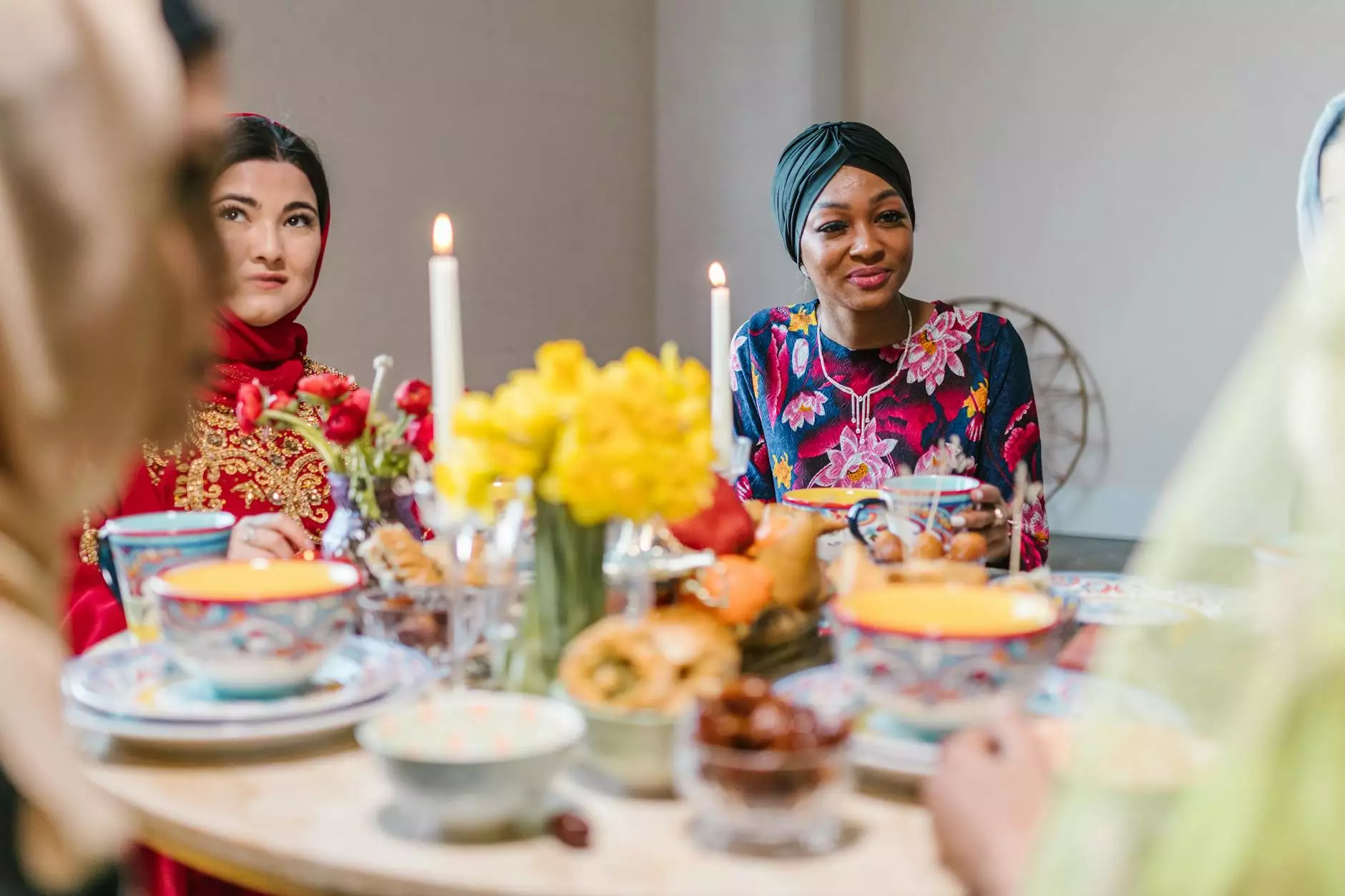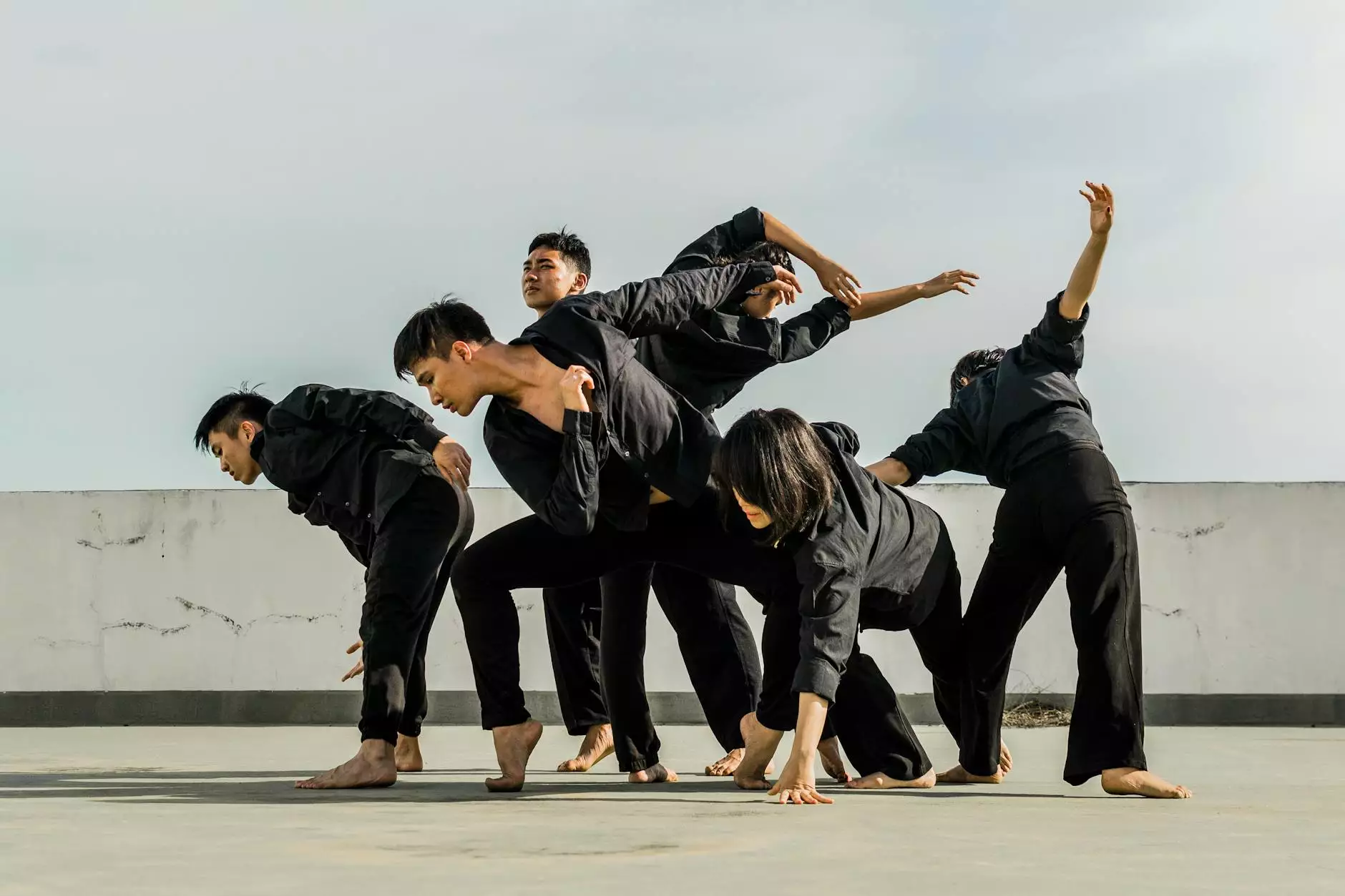Leather's Deep LGBT History is the Secret Behind Its Endurance
History
Introduction
Ageless Wisdom Magazine welcomes you to explore the fascinating and rich history of leather in the LGBT community. As a lifestyle publication, we understand the importance of uncovering the stories, traditions, and practices that have inspired and supported diverse communities. In this article, we delve into the enduring appeal of leather and how its deep LGBT history has shaped and contributed to its significance in today's society.
The Beginnings of Leather
Leather has deep historical roots that date back centuries. From its early uses in protecting and providing comfort, leather quickly became associated with strength, durability, and resilience. In the LGBT community, leather gained recognition as a symbol of rebellion against societal norms and a means of self-expression. It provided a visual representation of the community's fight for equality and freedom.
The Birth of Leather Culture
Leather culture emerged in the mid-20th century as an organic movement within the LGBT community. It became a subculture that embodied the values of solidarity, unity, and sexual liberation. Leather bars and clubs became safe spaces where individuals could embrace their authentic selves and explore their desires freely.
Leather as Identity
For many within the LGBT community, leather served as more than just a fashion statement. It became an integral part of their identity, representing their individuality and embracing their true selves. The iconic leather jacket, harnesses, and accessories became symbols of empowerment and self-acceptance.
Leather and Community Solidarity
One of the remarkable aspects of leather's history within the LGBT community is its connection to community solidarity. Leather culture fostered a sense of belonging and unity. Many LGBT individuals found solace and support within leather clubs and organizations, creating a close-knit community that stood strong in the face of adversity.
The Influence of BDSM
BDSM (Bondage, Discipline, Sadism, and Masochism) has played a significant role in the history of leather culture. BDSM practices and aesthetics have become intertwined with leather, offering a way for individuals to explore their sexuality and push the boundaries of their comfort zones. This exploration of power dynamics and consensual acts has provided a foundation for personal growth and self-discovery.
Education and Mentorship
In addition to its symbolic and aesthetic significance, leather culture has long been associated with education and mentorship. Experienced individuals within the leather community take on roles as mentors, passing down knowledge, skills, and traditions to new generations. This commitment to education ensures that the history and values of leather remain vibrant and accessible.
Leather Today
While the world has evolved and progressed, leather continues to hold a special place within the LGBT community. Its endurance can be attributed to the timeless connection it provides to a rich history of resilience, self-expression, and community. Today, leather remains a symbol of strength, pride, and personal freedom.
Conclusion
Ageless Wisdom Magazine invites you to embrace the deep LGBT history of leather and celebrate its enduring appeal. We recognize the importance of understanding and cherishing the narratives that shape our communities. By appreciating and acknowledging the rich history of leather, we can continue to honor and uplift the diverse voices that have played a vital role in the LGBT movement.










